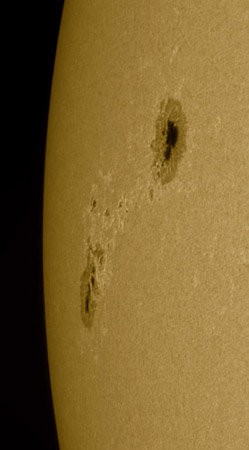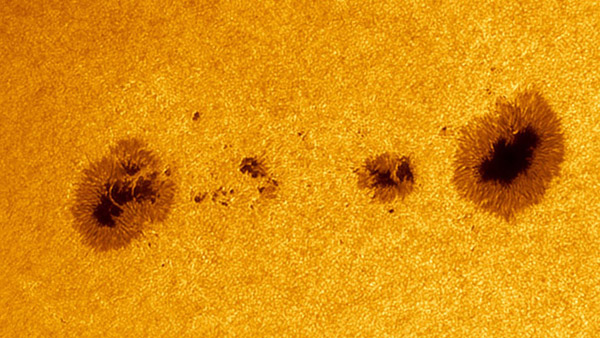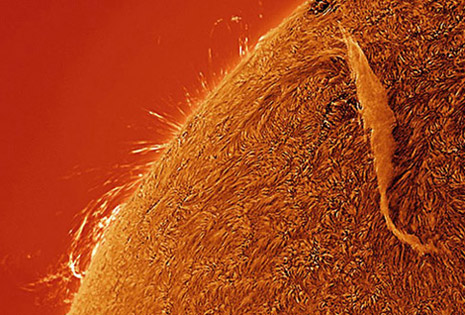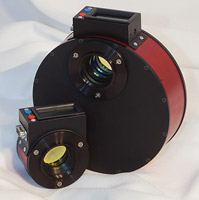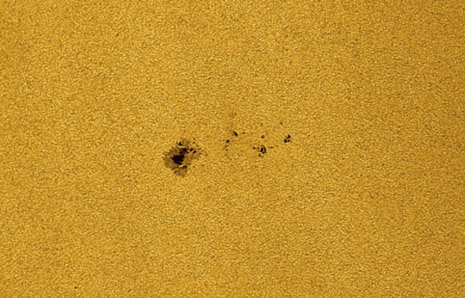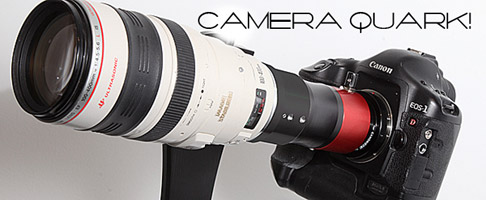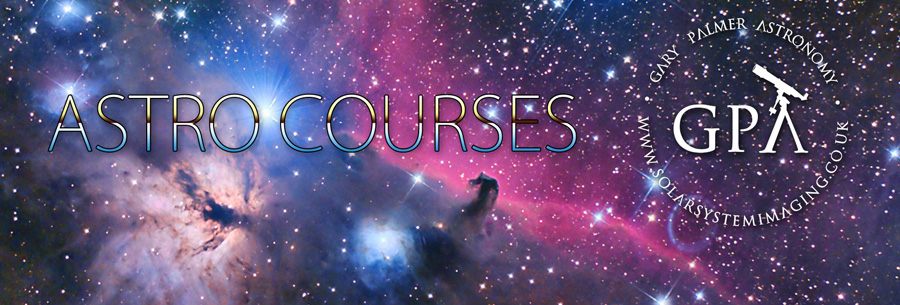

Solar Workshops Information The workshops cover all types of solar imaging. From basic White light imaging to show Sunspot detail to Hi-Res Ha imaging. Working with most manufactures I have access to the latest equipment and that means you get to know how it all fits together and can start capturing and processing your own amazing images in a short amount of time. The general layout for a solar workshop is as follows:
We start off with the types of solar imaging and equipment to achieve this. Starting with White Light. This can be done with a simple solar film setup or imaging with a Solar Wedge.

Calcium is covered using the Daystar Quark Calcium H line or the Lunt Cak Wedge. For those on a budget you can get basic Calcium images using a Baader CaK filter and Solar Film.
Sodium. With the launch of the Daystar Quark Sodium I can cover what we can image in the Sodium D-Line wavelength.
Ha imaging gives us stunning detail in the suns Chromosphere with all sorts of structures and detail to image. Sunspots, Prominence, Filaments and Solar Flares. I cover this from imaging with a Basic PST telescope through to State of the art Daystar Quantum PE 0.2A.
Over time I have worked with some more unusual wavelengths like Hydrogen Beta and Helium D3 using equipment like the Daystar Solar Filter Wheel. This means I can advise on the best equipment and ways to image in those wavelengths.
I also have one of the Daystar Camera Quark systems so solar images can be captured with a camera lens.
I image with all sorts of equipment and have access to or own all sorts of cameras. I test and review lots of them before they come to market.
In the workshop we have a selection of the latest cameras from companies like Altair, ZWO, Starlight Xpress, PGR, Canon and many others.
Connecting the cameras to the equipment and how to avoid things like Newtons Rings using the Interference Eliminator and Live Flat frame subtraction in Sharpcap.
Once the equipment has been discussed the next thing is to go through settings to capture the images in capture software like SharpCap or Firecapture.
So now we have captured our solar images we need to process them. This is covered in the afternoon session with popular software.
AS2, Registax, Photoshop, Gimp, Pixinsight and maybe other software like SER player and PIPP.
Questions are welcome at any point through the different subjects covered in the day.
The day is for anyone from someone just starting out to the daily solar imager that wants to improve their imaging skills.


